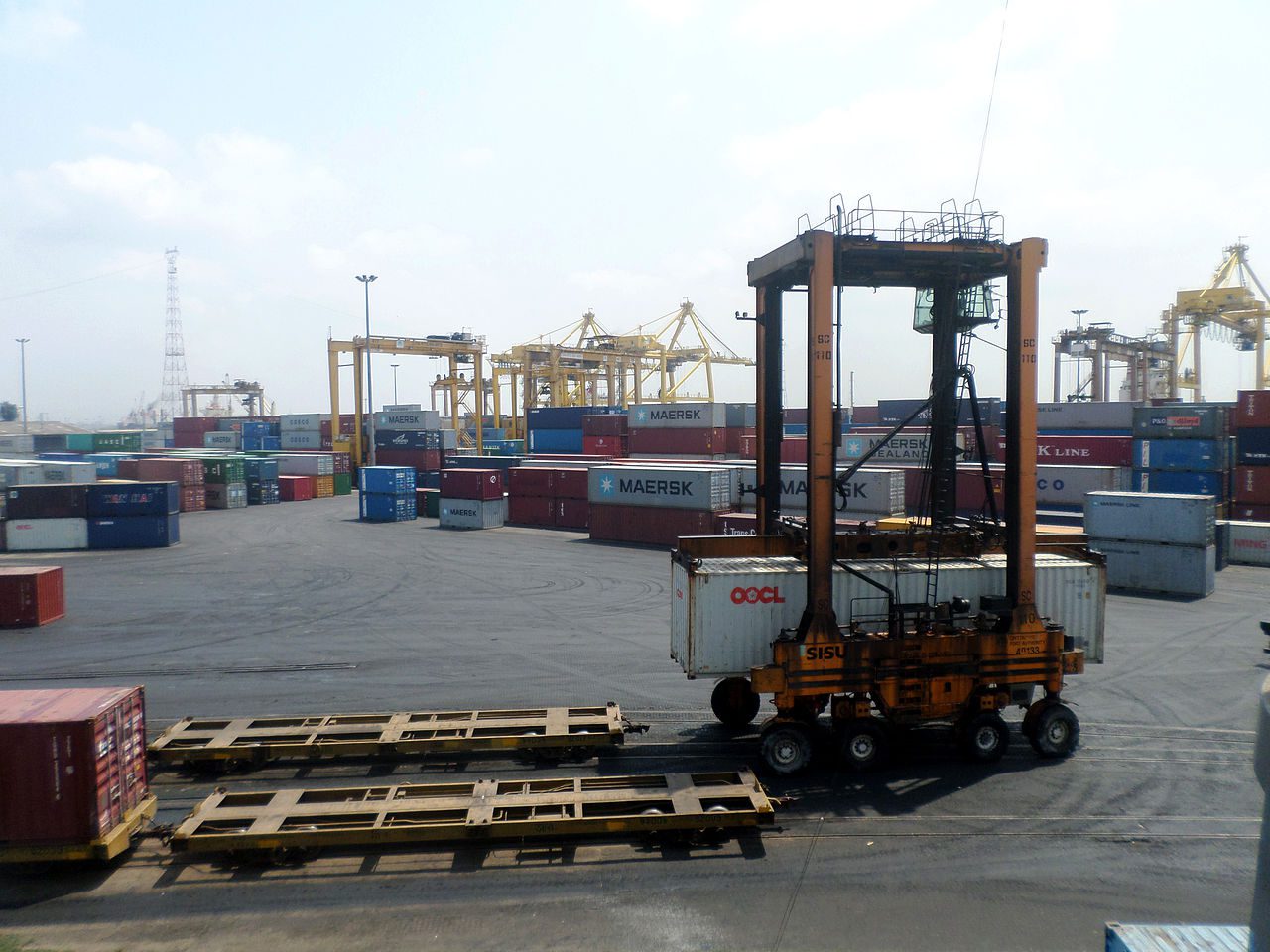Despite uncertainty and concerns over tariff complications in Bangladesh’s largest export market, the USA, July 2025 saw a remarkable surge in export earnings, with a 25 percent increase, reaching $4.77 billion, the highest in 32 months.
The first month of the 2025–26 fiscal year saw significant growth, particularly after a turbulent 2024, during which economic activities were disrupted by the July mass uprising. July’s exports were 18.56 percent higher than the monthly average of the previous fiscal year, according to the Export Promotion Bureau (EPB).
The ready-made garment (RMG) sector was the main contributor to this growth, posting $3.96 billion in exports — a 24.67 percent rise year-on-year. Alongside RMG, other sectors including leather and leather goods, agro-processed items, home textiles, jute products, engineering goods, frozen foods, and plastic products also experienced notable growth.
Industry insiders attribute this growth to the turbulent ride of exporters amid concerns over the US tariff issues. “Last year, we struggled to meet shipment deadlines due to political and labour unrest. This July was smoother,” said Faisal Samad, director of the Bangladesh Garment Manufacturers and Exporters Association (BGMEA) and managing director of Surma Garments Ltd.
Samad noted that while many US buyers were slow to place orders in April, they rushed to complete shipments in July to avoid the impending 20 percent reciprocal tariff imposed by the US. Additionally, July marked the end of the season for shipping winter products to Western markets, which further contributed to the export spike.
Bangladesh’s total exports for FY 2024–25 reached $48.28 billion, with an 8.5 percent increase over the previous year. In July, apparel exports alone brought in $3.96 billion, up 24.67 percent from $3.17 billion in July 2024. Knitwear exports accounted for $2.178 billion, marking a 26.01 percent rise, while woven garments contributed $1.784 billion, up 23.08 percent year-on-year.
Several other sectors saw strong growth. Frozen and live fish exports rose 42 percent to $41.2 million, while leather and leather goods exports increased by 29.65 percent to $127.3 million. Md Shakawat Ullah, Senior Vice Chairman of the Bangladesh Tanners Association, noted that demand for Bangladeshi leather remained high after Eid-ul-Azha, with this trend expected to continue in the coming months.
Agricultural products grew by 12.86 percent to $90.5 million, and home textiles increased by 13.24 percent to $68 million.
Fazle Ehsan Shamim, Executive President of BKMEA, highlighted that the previous year’s quota movement disrupted shipments for 20–25 days, causing reduced export volumes. However, despite tariff concerns, US buyers placed significant orders in late July, helping to boost the overall export performance.
In addition to apparel, jute and jute goods earned $55.4 million, up 4.92 percent, while engineering products saw a sharp 74 percent increase, generating $58.2 million. Plastic exports also rose 7.41 percent to $21.1 million.


